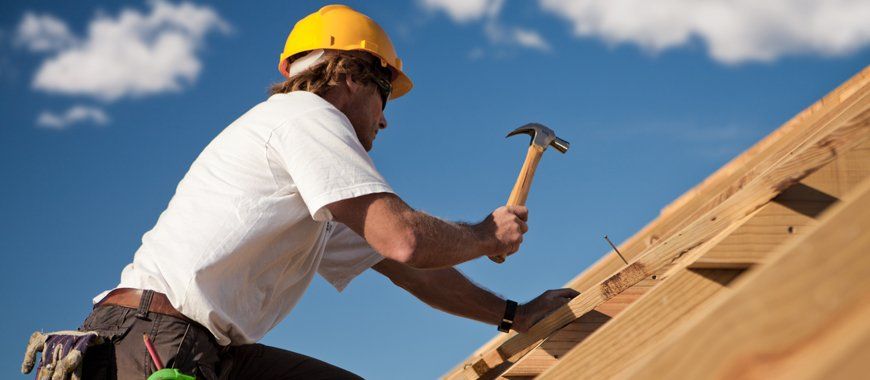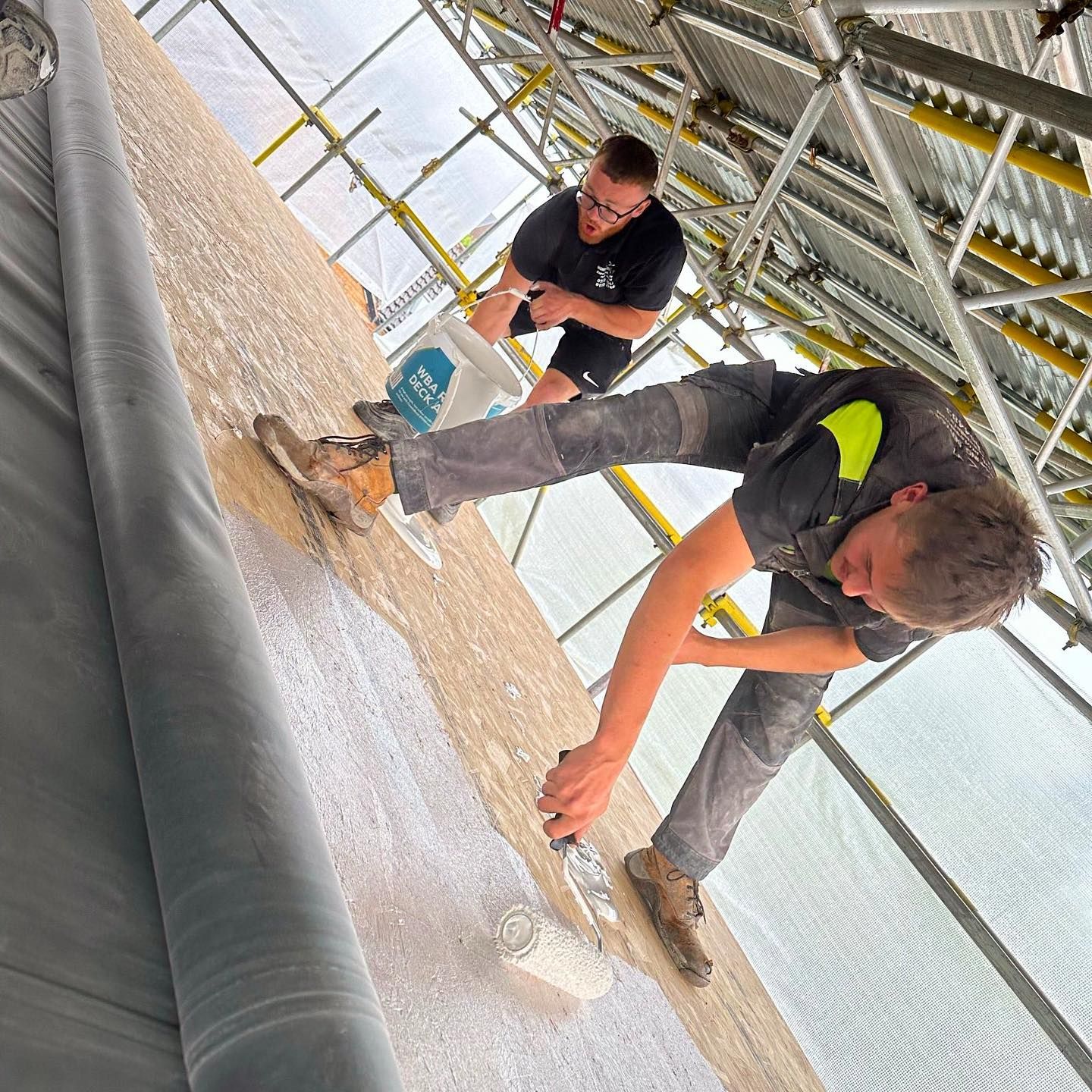What to Expect During a Roof Replacement: A Doncaster Homeowner's Experience
Hightop Roofers Doncaster understand Replacing a roof is one of the most significant home improvement projects you may undertake as a homeowner. Whether it's due to storm damage, the natural wear and tear of time, or a desire for a fresh new look, understanding the roof replacement process can ease any concerns and help you prepare. In this post, our roofers in Doncaster will walk you through what to expect during a roof replacement, from the initial consultation to the final inspection. Plus, we'll share insights from a local Doncaster homeowner who recently went through the process.
1. Initial Consultation and Roof Inspection
The first step in any roof replacement project is the initial consultation with a roofing expert. This is an opportunity for you to discuss your concerns, goals, and budget. The roofer will then carry out a thorough inspection of your existing roof to assess its condition.
What happens during the inspection?
- The roofing professional will check for signs of wear, such as broken or missing tiles, sagging, and leaks.
- They will also inspect the roof’s underlayment and structure to ensure everything beneath the surface is in good condition.
- After the inspection, the roofer will recommend whether a complete replacement is necessary or if repairs would suffice.
Pro Tip: Ask for a detailed report of the inspection and a clear breakdown of the costs involved. This way, you’ll have a good understanding of the scope of the work and what materials are required.
2. Choosing Your Roofing Materials
Once the inspection is complete, you’ll need to choose the materials for your new roof. This decision can have a big impact on both the appearance and longevity of your home’s roof. In Doncaster, where the weather can be unpredictable, it's important to select materials that can withstand rain, wind, and occasional frost.
Popular roofing materials for Doncaster homes include:
- Concrete or clay tiles: Known for their durability and resistance to harsh weather.
- Slate: A traditional option that complements Doncaster’s historic architecture.
- Metal roofing: Lightweight and long-lasting, ideal for modern homes.
- Energy-efficient options: Consider cool roofs or solar shingles if you're looking to improve your home's energy efficiency.
3. Preparing Your Home for the Replacement
A roof replacement is a major project, but with the right preparation, you can minimize disruptions to your daily life. Here’s how:
- Clear the area around your home: Remove outdoor furniture, potted plants, or vehicles from around your property to give the roofers space to work.
- Inform your neighbors: A roof replacement can be noisy. Let your neighbors know about the work in advance to maintain good relations.
- Protect your belongings inside: Although roofers take precautions, dust and debris can still enter your home. Consider covering furniture and moving valuables out of rooms directly beneath the roof.
4. The Roof Replacement Process
On the day the replacement begins, here’s what you can expect:
- Tear-off of the old roof: The first step is removing your old roof. This process can be noisy and messy, but it’s a necessary part of the job. The roofing crew will strip away the old tiles or shingles and dispose of them properly.
- Roof deck inspection: After the old materials are removed, the roof deck will be inspected for any underlying damage. If repairs are needed, they’ll be completed at this stage.
- Installation of new roofing materials: Once the deck is in good condition, the underlayment and new roofing materials will be installed. Depending on the size of your home, this part of the process may take a few days.
- Final touches: Flashing, gutters, and other finishing details are added to ensure your new roof is watertight and aesthetically pleasing.
Pro Tip: If possible, plan the roof replacement for a period of dry weather. In Doncaster, early autumn can be unpredictable, so keep an eye on the forecast to avoid delays.
5. Final Inspection and Clean-Up
Once the roof has been replaced, a final inspection is carried out to ensure that the work meets quality and safety standards. The roofing team will also remove any debris from the site, leaving your home looking tidy and refreshed.
What does the final inspection cover?
- The roofer will check for proper installation of the new materials.
- They will test for leaks and ensure that water runoff is functioning correctly.
- You will have the chance to inspect the work yourself and ask any questions.
Customer Testimonial: A Doncaster Homeowner’s Experience
We recently completed a roof replacement for Mr. Alan Bradley, a homeowner in central Doncaster. Here’s what he had to say about the process:
"I was nervous about replacing the roof on my 1950s home, especially with autumn approaching. From the moment I contacted the team, they made the whole experience as smooth as possible. The initial inspection was thorough, and they explained everything in plain terms. The crew arrived on time every day and worked efficiently. They even helped me choose a material that would match the traditional look of my house. There was some noise, but the team kept me updated throughout the process, so there were no surprises. I’m really pleased with the result, and the new roof has transformed the look of my home!"
Final Thoughts
A roof replacement is a big investment, but with the right roofing contractor, the process can be straightforward and hassle-free. By understanding each step of the journey—from consultation to final inspection—you can feel confident about the decisions you make for your home. If you’re considering a roof replacement in Doncaster, don’t hesitate to reach contact Hightop Roofers Doncaster for expert advice and quality workmanship.
If you'd like to schedule a consultation or have any questions about replacing your roof, feel free to contact us today!
You might also like


